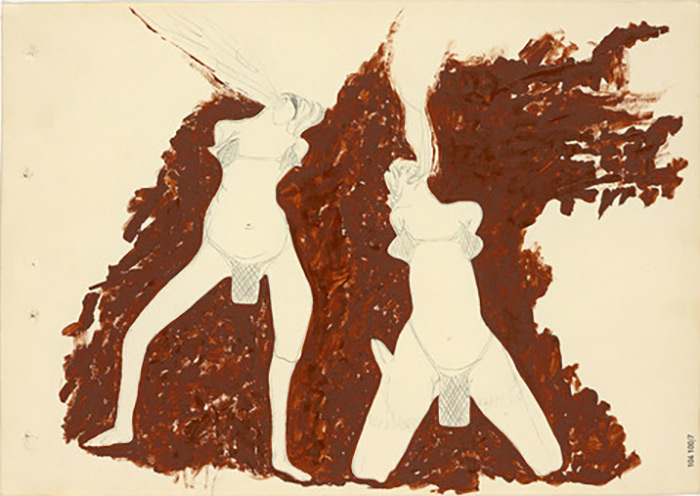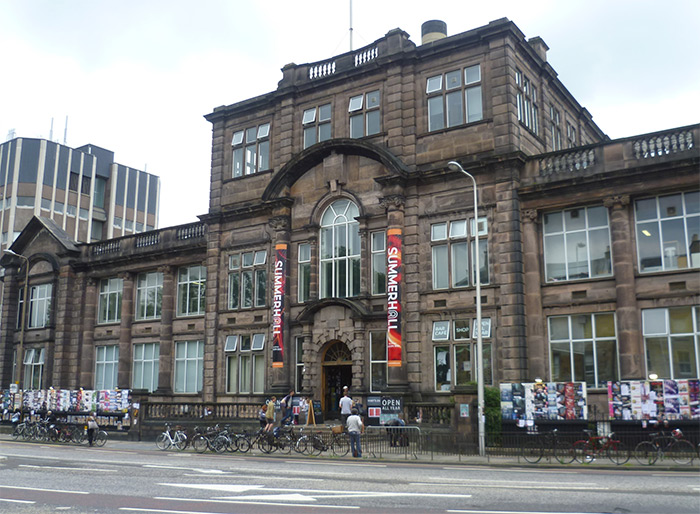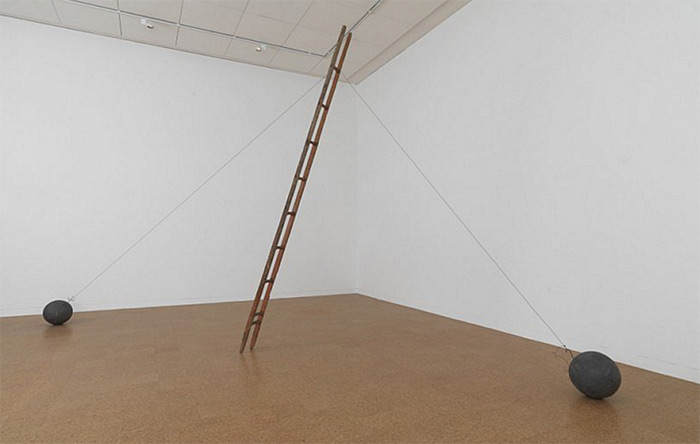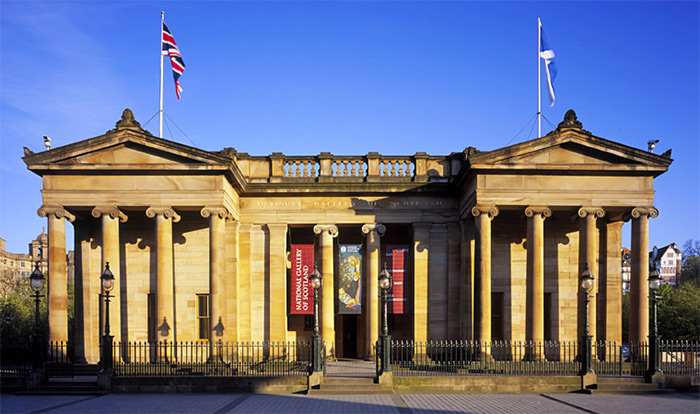Joseph Beuys
News

Joseph Beuys in the Financial Times
5 August 2016
Review by Rachel Spence Joseph Beuys at the Scottish National Gallery of Modern Art in the Financial Times, London.

Joseph Beuys at the Demarco Gallery
4 August to 30 September 2016
Solo exhibition Joseph Beuys x 1000 at the Demarco Gallery at Summerhall, Edinburgh, Scotland.
Joseph Beuys, one of the great artistic geniuses of the 20th century died in 1986, thirty years ago. To this day he is exhibited more than any living artist and there continue to be hundreds of exhibitions dedicated to featuring Beuys across the world.
Richard Demarco introduced Joseph Beuys and many others of the international avant garde to Scotland. 2016 marks the 50th anniversary of the Demarco Gallery, an appropriate time at which to celebrate Richard Demarco and his artistic collaborations, friendships and critical dialogues through exhibitions which also acknowledge the 40th anniversary of Edinburgh Arts (exploration programme) and the 25th anniversary of the Demarco European Art Foundation, based at Summerhall...

Joseph Beuys at the Scottish National Gallery of Modern Art
30 July to 30 October 2016
Solo exhibition Artist Rooms: Joseph Beuys A Language of Drawing at the Scottish National Gallery of Modern Art, Edinburgh, Scotland.
The German artist, Joseph Beuys (1921-1986), is perhaps best known for his ‘actions’, installations and sculpture, but first and foremost he was an artist who was interested in ideas: ideas about how the world, both natural and social, functioned and how the latter could be improved. And the way that he expressed these ideas most readily was in his drawings.
This exhibition will bring together, for the first time, the extraordinary group of over 110 drawings by Beuys held in the ARTIST ROOMS collection. The drawings cover the whole of the artist’s career from 1945 to the end of his life, reflecting his encyclopaedic interest in nature, science, philosophy, mythology, society, politics and religion.

Joseph Beuys at the Scottish National Gallery of Modern Art
29 July to 16 October 2016.
Solo exhibition Richard Demarco and Joseph Beuys – A Unique Partnership at the Scottish National Gallery of Modern Art, Edinburgh, Scotland.
This exhibition will look at the works, lectures and ‘actions’ Richard Demarco commissioned from Joseph Beuys, the innovative and inspirational German postwar artist, from 1970 until Beuys’ death in 1986. Demarco, an avant-garde gallerist in Edinburgh, recognized the visionary quality of Beuys’s work and visited him in Oberkassel in January 1970. Determined to focus Beuys’ attention on Scotland, he presented him with a set of postcards. Beuys responded with, ‘I see the land of Macbeth, so when shall we two meet again, in thunder, lightning or in rain?’ They reunited in stormy Edinburgh later that year and Demarco led him northwards along the ancient track he calls ‘The Road to Meikle Seggie’. This initial experience of the Scottish landscape inspired Beuys and laid the foundation for a remarkable artistic relationship...

Joseph Beuys at Tate Modern
23 November 2015 to 31 December 2016
Solo exhibition Artist Rooms: Joseph Beuys at Tate Modern, London, England.
German artist Joseph Beuys saw creativity as central to all aspects of human existence. As well as sculpture and performance, his work as an artist came to encompass social theory and political action. Beuys’s activities became explicitly politicised in the 1970s. A series of confrontations with the Academy of Art in Düsseldorf over the number of students that he could admit to his class led to wider questions about access to education and the relationship between ordinary people and authority. In 1971 he founded a Free Academy and the more overtly political Organisation for Direct Democracy through Referendum. Beuys argued that social decision-making should be made by the people through referendums rather than elected political parties. It was this concept of ‘direct democracy’ that he explored in his Information Action at the Tate in 1972, from which three of the blackboards shown here are taken. Later he became involved in the German Green Party and organised the planting of 7,000 oak trees around the city of Kassel...

